Yemen’s problems are structural and deeply-rooted in five decades of failed state-building projects. [Read part one here.]
Much elation over the transition from Ali Abdullah Saleh’s rule has long dissipated, replaced now by local and international acknowledgment of the failure to strengthen the foundations of this transition. The agreement not only allowed Saleh to survive the Arab Spring, but his party continues to share power with the Islamist-led opposition, the Joint Meeting Parties (JMP), in a 50-50 governing equation. Saleh’s General People’s Congress (GPC) also retains a ruling majority in the Yemeni parliament, which was last elected in 2003. But President Abdo Rabbo Mansour Hadi, secretary general of the GPC, has neither the full support of his own party, nor that of the electorate.
Between Hadi’s election and the start of the National Dialogue Conference (NDC) on March 18, 2013, Yemen was engulfed by political conflicts of survival. What appeared to be a relatively peaceful agreement to transfer power from Saleh was, in reality, a simple episode in rebalancing power within the ruling regime. The transition narrative, on behalf of the Group of Ten (G10) embassies supporting the transfer of power and Hadi himself, was focused on attempts to demonize “the former regime” — meaning Saleh.
But in real terms, the “old regime” still ruled Yemen. The same partners that governed Yemen prior to November 23, 2011, when the Gulf Cooperation Council (GCC) initiative was signed, still formed the coalition government of December 2013 — al-Islah and the GPC. Hadi was the former vice president who served for almost 20 years; the parliament and Shura council were the same under Saleh; and the prime minister and cabinet ministers were from among the political elite.
“Restructuring” of the armed forces dominated most of 2012 until the removal of Ali Muhsin al-Ahmar, commander of the First Armored Division, and Ahmed Ali Abdullah Saleh, commander of the Republican Guard, early in 2013. Ali Muhsin was Saleh’s right-hand man, until he joined the uprising following the Friday of Dignity massacre in March 2011, while Ahmed Ali laid in wait to succeed his father as president. The restructuring process, under the auspices of the US Embassy in Sana’a, was prioritized to transfer greater command and control over the armed forces to Hadi. Both Ali Muhsin and Saleh retained a high degree of influence within the armed forces through a number of proxies — commanding officers and tribal networks.
The intelligence apparatus also remains highly polarized, even though Hadi removed the chief of the National Security Bureau (NSB), Ali al-Anesi; his deputy, Ammar Mohammed Saleh, nephew of the deposed president; and Ammar’s brother, Yahya Mohammed Saleh, as deputy commander of Central Security Forces (CSF) within the Ministry of Interior. Control over these services was vital for Hadi’s own political survival and his relations with Saudi Arabia and the US.
The first move, unexpected and yet a fundamental priority for Hadi, was to remove Saleh’s half-brother, Gen. Mohammed Saleh al-Ahmar, as commander of the air force. Hadi quickly moved to secure strategic air superiority, even as he risked all-out war with a stubborn general who refused to be the first victim of the transition. Soon after Mohammed’s acquiescence, the president ordered a general inspection of the armed forces and armament.
At the center of Hadi’s project is the attempt to reverse a quarter century of domination by the northern tribal-military elite. His record as vice president did not grant him any praises from his southern brethren.
The difficult task was never fully completed, but Hadi preempted threats to his monopoly over the skies and quickly moved to relocate aging air force assets from the capital city’s al-Dailami base to al-Anad air base in Lahj. The latter was considered Soviet Russia’s largest air base in the Middle East during the Cold War. By having his brother, Nasser Mansour Hadi, as political security chief of the southern region, and Gen. Mahmoud al-Subaihi as commander of the army’s southern region, Hadi believed his primary assets were more secure than in Sana’a.
Hadi and the National Dialogue Conference
Events in the first 12 months of Hadi’s interim term served to cement the executive’s control over vital government institutions. Once the initial phase of the transition handed Hadi a number of victories, enshrining his unique role as president, it was time to launch the long awaited NDC. This was not only Hadi’s instrument to expand his authority and marginalize elite rivals, but it was also a source of pride for UN Special Envoy Jamal BenOmar — champion of the GCC agreement of 2011.
The NDC was launched under the auspices of the UN and the GCC, with BenOmar taking the lead at a time when tension between the G10 and him was at an all time high. The G10, mainly the US, were not happy with the direction of the process. Tension had been brewing between the G10 and BenOmar since mid-June 2011, when the agreement process was “hijacked” by the UN envoy, making it more difficult for Saudi Arabia and the US to maintain direct oversight of the process. This tension between governments and the UN is often cited as a primary source of conflict, preventing more cohesive decision-making on the part of the UN Security Council in favor of BenOmar’s prescriptions.
A success of the NDC was not only in the interest of Hadi’s legacy. It was launched with the intent to restructure Yemen’s political foundation. Hadi is not only the second president in the 24 years of the Republic of Yemen; he is the only non-Zaydi leader that North Yemen has ever seen. He was a consensus candidate among the elite prior to March 2012, merely because both sides believed Hadi owed them his new position and would fall in line, either under Saleh or Ali Muhsin. The latter was regarded as Hadi’s mentor since he defected from Aden in 1986. However, Saleh made Hadi minister of defense during the civil war against the southern contingent, and later vice president in order to adhere to the principles of unification enshrined in the constitution of 1990.
At the center of Hadi’s project is the attempt to reverse a quarter century of domination by the northern tribal-military elite. His record as vice president did not grant him any praises from his southern brethren. The fact that Hadi had been near the bottom of hierarchies in the south and the unified republic did not grant him much legitimacy for his term in office; he has had to either earn it or take it. Hadi was a subordinate of all southern leaders, such as the former president of the People’s Democratic Republic of Yemen (PDRY, 1967-1990), or Ali Salem al-Baydh or Haydar al-Attas. He was always a subordinate of the ruling triumvirate of Saleh, Ali Muhsin and Sheikh Abdullah Hussein al-Ahmar. The monumental task came as Hadi became the president of the NDC and thus the only holder of veto power over the outcomes. In the eyes of the ruling elite, there was no way Hadi would dictate the direction of Yemen’s future, never mind redistribution of power or wealth.
BenOmar and Hadi recognized the failure to develop and sustain a support foundation would remain a weakness during the NDC. They set out to create an equation for membership that granted youth and non-elite members an equal voice in negotiations. The equation to distribute the 565 seats also created room for non-elite delegates to lead the various committees, thereby granting the president and BenOmar expanded influence within the process itself. Many young men and women became chairs, vice-chairs or rapporteurs of the nine committees. It also created a mirage of unprecedented proportion, when many wrote about the blurring of the traditional gap between the ruling elite and the ordinary Yemeni in the halls of the Movenpick Hotel.
However, the primary goal was defeated as Nobel laureate Tawakkol Karman and Sheikh Hamid bin Abdullah al-Ahmar boycotted the NDC from the start. The failure was quickly salvaged by elite-driven closed door negotiations, particularly in the case of the south issue and state-building committees. Hadi was forced to grant the elite a number of concessions in order to save the larger project in the long-term.
Yemen has a history of resilience, but many speak of a boiling point, making recovery a near impossible task. For some Yemeni analysts, the country’s creeping crises have taken it from beyond the brink to near implosion.
Efforts to placate rival factions within the NDC only served to exacerbate government dysfunctionality. Rivals simply fell in line in order to avoid blame for derailing the process, but each side continued to confront its rival through proxies or demonizing media campaigns. The lack of success in creating a united front within the NDC simply worsened relations within the cabinet, obstructing progress in efforts to diffuse a number of crises nationwide.
Dysfunctionality and Failures
The failure to avert a widespread humanitarian crisis extends from a dysfunctional government and monumental mismanagement by international partners. The coalition government, consisting of Saleh’s GPC and the opposition JMP, led by al-Islah, has been nothing of a coalition. Both sides have assured since December 2011 that the rival gains no favor among the population. The allocation and release of donor funds since 2012 was primarily obstructed by political conflicts over which ministry would receive funds, what proportion and who would oversee the contract assignment. Limited funds never delivered the expected impact on the economy, nor have ordinary Yemenis received any benefit from the $8 billion pledged for the transition period.
Furthermore, Hadi has been overwhelmed by political conflicts with al-Islah, Houthi rebels, southern representatives and his own party. As a result of the reality on the ground, many Hadi loyalists and southerners refer to the president as a man “without a country and without a party.” His southern comrades do not recognize him as their representative, and GPC rank and file see Hadi as a traitor: the man who conceded Yemen’s sovereignty to the UN. Yemen was placed under UN Chapter VII in February 2014. The GPC threatened to oust Hadi as secretary general in late August 2013, and the media campaign demonizing the president and BenOmar was also mentioned in UN Security Council Resolution 2140. Saleh has now positioned himself as the moderate within the GPC in order to pressure Hadi and prevent a shift of power, which would have the president side with al-Islah or Houthis as balancing forces.
Al-Islah, a former partner in Saleh’s government since 1994, managed to co-opt the uprising of 2011 and exert strong influence over Hadi. The Islamist party, a mix of Salafis, the Muslim Brotherhood, tribal elements and business elite have also managed to accumulate more rivals than Saleh himself. Fear of a scenario similar to Egypt under the Brotherhood among independents, southerners and Zaydis has consequently isolated al-Islah, even within the ranks of the JMP.
On the other hand, Houthis, represented by Ansar Allah within the NDC, are now a strong force controlling territory in four northern provinces. The Zaydi-Shi’a rebel group survived six wars against the Saleh government, led by Ali Muhsin’s brigade. Often accused of links with Iran, Houthis were not signatories to the GCC initiative of 2011, but joined the NDC process in efforts to clean up their image. Their priority is to sustain sovereignty over Sadah province, bordering Saudi Arabia, in efforts to preserve Zaydi religious identity that is threatened by the growing influence of Sunni Islamists like the Muslim Brotherhood and Salafists.
Yemen Beyond the Brink?
The G10, as representatives of the international community, carries much responsibility for numerous failures. It is true that politics in Yemen has its unique pace that frustrates the ordinary diplomat. But petty quarrels over who takes credit for what and who is more relevant than others simply have caused tremendous damage on the ground. There appears to have been more money spent on workshops to discuss federalism than money spent on solving the roots of the humanitarian crisis.
To be fair, security challenges faced by Hadi present major obstacles with regard to the president’s agenda and pace of reform. Ungovernable spaces and a growing security vacuum in the north and south prevent any contributions to economic stability. A dysfunctional government and reluctant donors provide no relief to the monumental task of stabilizing the country. Yet most Yemenis do focus on Hadi’s inability to properly multi-task, or even build a trust circle to delegate a policymaking process under direct presidential decrees.
Yemen has a history of resilience, but many speak of a boiling point, making recovery a near impossible task. For some Yemeni analysts, the country’s creeping crises have taken it from beyond the brink to near implosion. It remains to be seen how the government and its international partners manage to impose authority nationwide; regain control over areas in the north and south; begin to implement NDC outcomes that include a new electoral registrar; and deter sabotage by tribal elements and al-Qaeda’s own resilience.
The views expressed in this article are the author’s own and do not necessarily reflect Fair Observer’s editorial policy.
Support Fair Observer
We rely on your support for our independence, diversity and quality.
For more than 10 years, Fair Observer has been free, fair and independent. No billionaire owns us, no advertisers control us. We are a reader-supported nonprofit. Unlike many other publications, we keep our content free for readers regardless of where they live or whether they can afford to pay. We have no paywalls and no ads.
In the post-truth era of fake news, echo chambers and filter bubbles, we publish a plurality of perspectives from around the world. Anyone can publish with us, but everyone goes through a rigorous editorial process. So, you get fact-checked, well-reasoned content instead of noise.
We publish 2,500+ voices from 90+ countries. We also conduct education and training programs
on subjects ranging from digital media and journalism to writing and critical thinking. This
doesn’t come cheap. Servers, editors, trainers and web developers cost
money.
Please consider supporting us on a regular basis as a recurring donor or a
sustaining member.
Will you support FO’s journalism?
We rely on your support for our independence, diversity and quality.




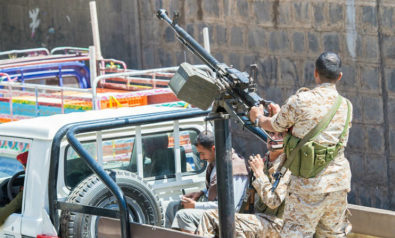
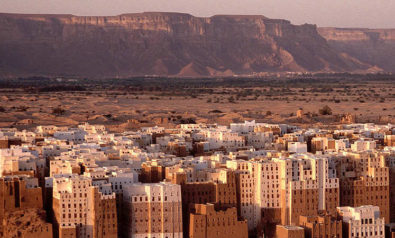
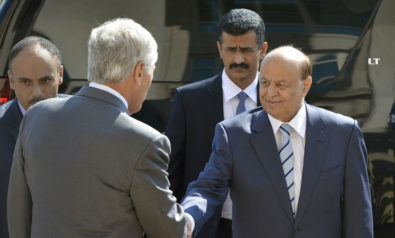
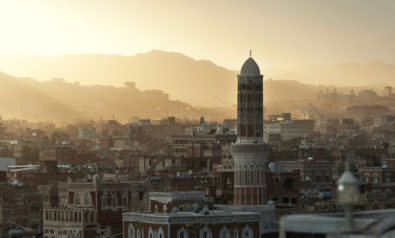
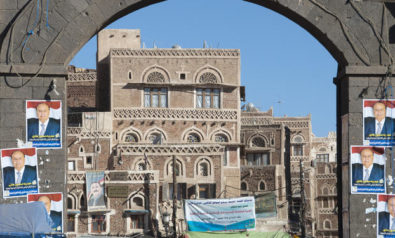
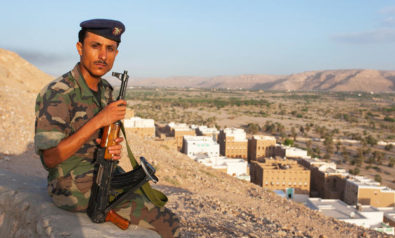

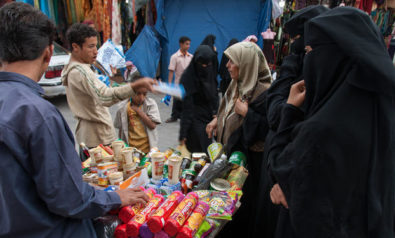
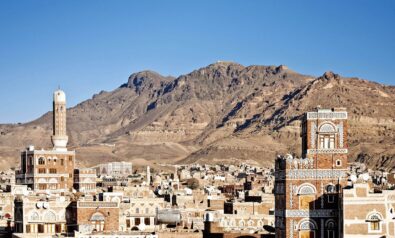
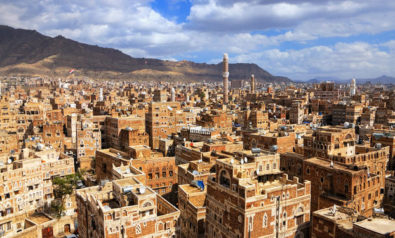
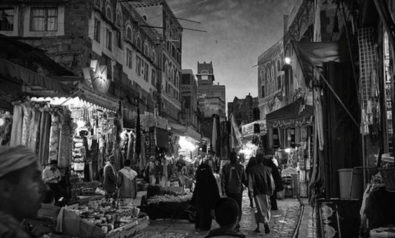
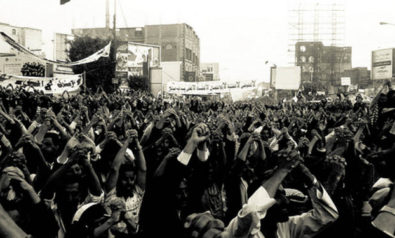
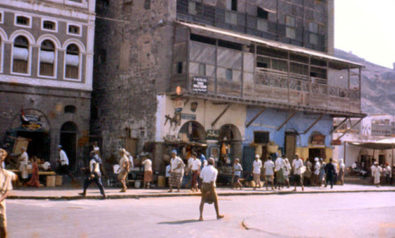
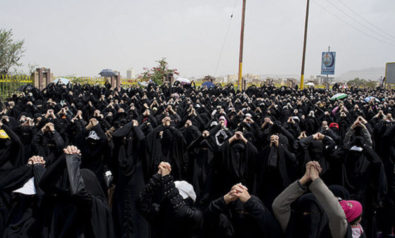


Comment